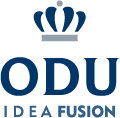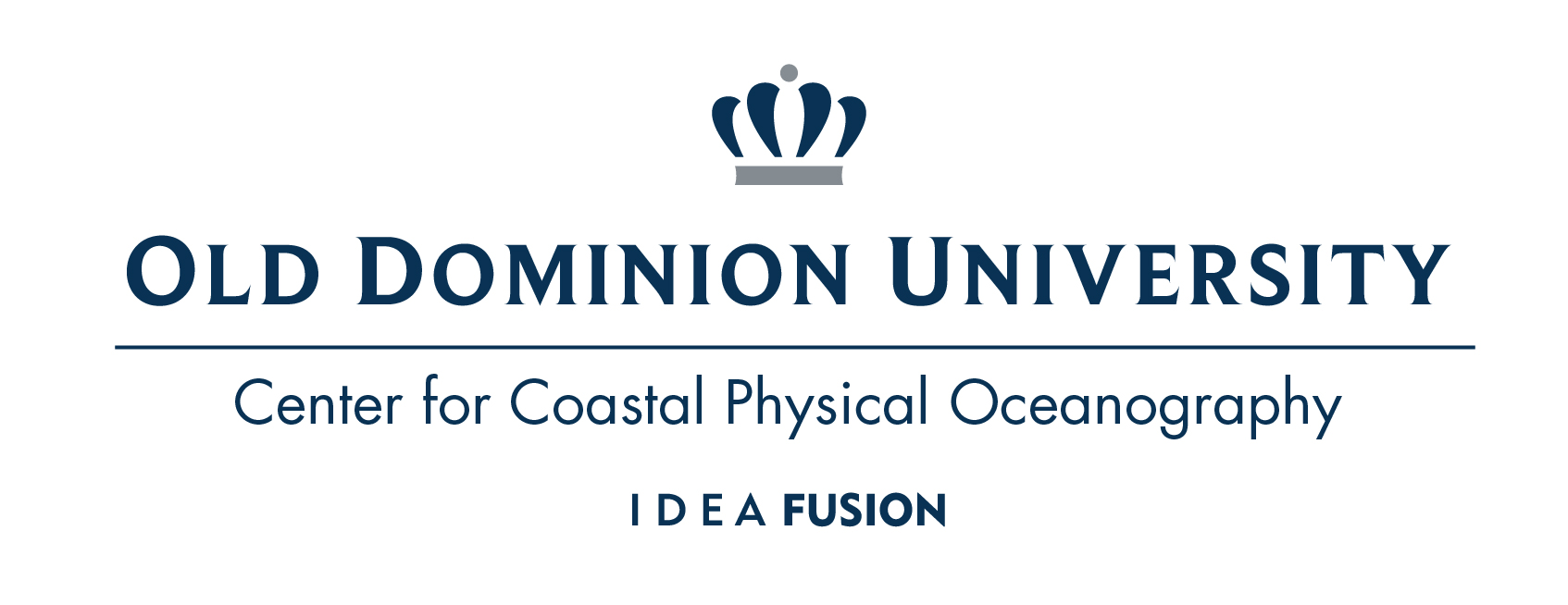In the first part of the talk, a set of numerical experiments
will be used to illustrate that Antarctic outflows can trigger topographic
vorticity waves. It will be shown that the properties of these waves are
controlled by the ambient stratification, the buoyancy force exerted by the
outflow, and the along-slope flow magnitude. For weak stratification and
weak westward along-slope flows typical of the Antarctic slope, wave energy
propagates eastward, in the opposite direction from phase velocity. The
second part of the talk will focus on idealized ocean/sea-ice simulations
coupled with a thermodynamically active ice shelf. These simulations were
designed to study the sensitivity of sub-ice-shelf melting to (1) wind
forcing; (2) surface heat fluxes; (3) presence/absence of topographic
features; (4) ice shelf geometries; and (5) horizontal grid resolution.
Sub-ice-shelf melting is mostly sensitive to changes in wind pattern over
the continental shelf slope when a topographic trough is present. As the
prevailing easterly winds change direction, an undercurrent develops near
the upper part of the slope. The interaction of this undercurrent with a
topographic trough allows warm waters to penetrate into the sub-ice-shelf
cavity, leading to high melting rates near the grounding line. This result
is consistent with previous studies that highlight the link between
undercurrent strength and wind forcing, with important consequences to
sub-ice-shelf melting. The talk will end with a short demonstration of key
novel capabilities to model ice shelf/ocean interaction that were recently
included in the GFDL's ocean model (MOM6).
Gustavo Marques is a Postdoctoral Research Associate at the Atmospheric and Oceanic Sciences Program at Princeton University, working with scientists from the Ocean and Ice-Sheet Processes Group at the Geophysical Fluid Dynamics Laboratory (GFDL). He received a B.S. in Oceanography from the University of Sao Paulo in 2007, a M.S. in Physical Oceanography from the University of Massachusetts Dartmouth in 2010, and a Ph.D. in Meteorology and Physical Oceanography from the University of Miami in 2015. Gustavo is an active developer of GFDL's ocean model (MOM6) and he is responsible for GFDL's participation in the 2nd Ice Shelf-Ocean Model Intercomparison Project (ISOMIP+).

|
CCPO Innovation Research Park Building I 4111 Monarch Way, 3rd Floor Old Dominion University Norfolk, VA 23508 757-683-4940 |

|